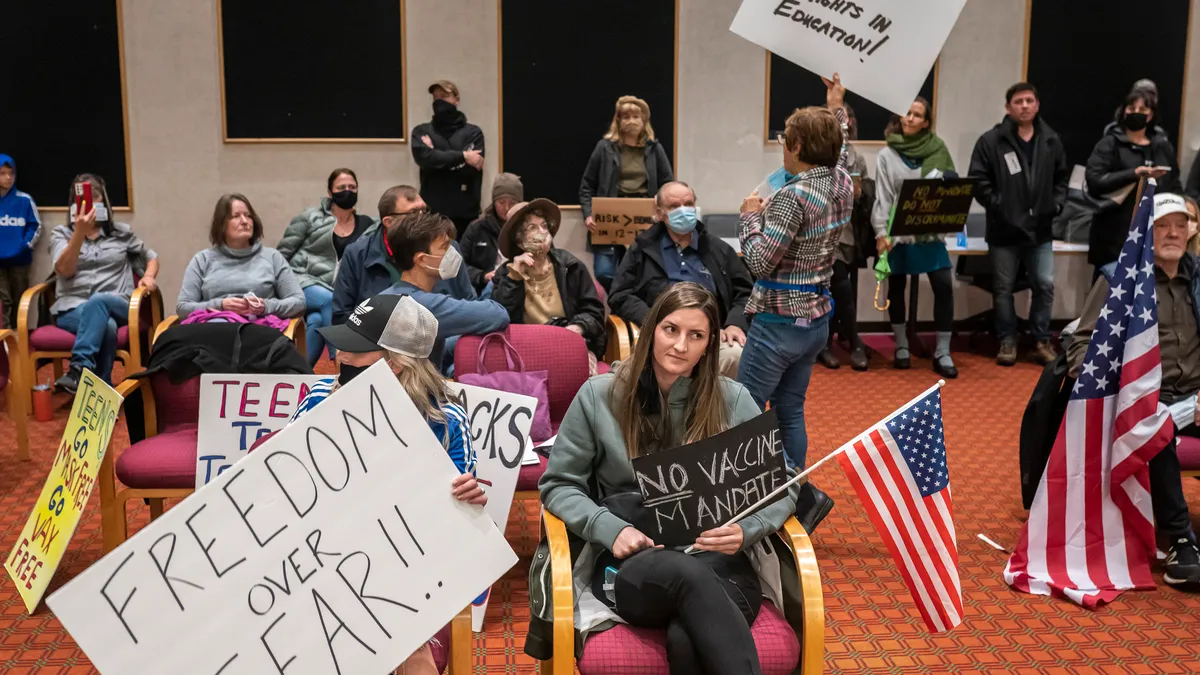Dive Brief:
-
Purchasing cooperatives, which give districts access to “large, competitively bid contracts,” can be be cost-savers for school districts — especially for food directors, who District Administration reports can see food cost savings of at least 5% with membership.
-
In addition to saving money, co-op participation can save time when it comes to compliance reporting, something that has become increasingly more popular with federal nutrition requirements,and the request-for-proposal process.
-
Co-ops also help with good decision-making, as they track vendor performance and give space for discussing best practices.
Dive Insight:
Rural districts and tiny districts — which both tend to require smaller volumes of food — can struggle with getting good deals. A co-op can help bring down prices. The approach is also useful with school districts that are struggling financially.
According to an August District Administration report, 73% of superintendents self-reported as being "inadequately funded," a fact that makes it no surprise that tools like co-ops are increasing in popularity.
This growth can be seen in a research report out of AASA where 64% of the surveyed districts admitted to joining a bulk purchasing group or co-op, in comparison to five years ago when less than 11% of surveyed districts were in a similar arrangement.
In 2017, the trend received the K-12 Dive Award for Most Disruptive/Innovative Idea.











